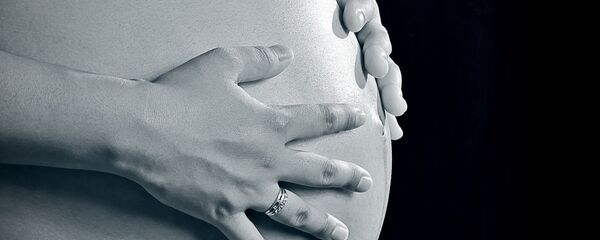To treat the patient, UCLA doctors used a “low-intensity focused ultrasound pulsation” technique. In the process the thalamus, the part of the brain that usually is the most depressed in a coma, is subjected to a low-energy ultrasound signal. In practice, an ultrasound device the size of a coffee cup is placed on the patient’s head for 30 seconds at a time, over a 10 minute-period.
The patient in the ultrasound trials, who was almost unconscious after waking up, began to speak and was able to nod and fist bump.
"The changes were remarkable," Martin Monti, UCLA associate professor of psychology and neurosurgery said. "It's almost as if we were jump-starting the neurons back into function."
Still, researchers have not termed the treatment a complete success. According to Monti, there’s a possibility that the brain stimulation experiment coincided with the “spontaneous recovery" of the patient.
To prove the technique effective, researchers will carry out additional tests on patients at the Ronald Reagan UCLA Medical Center later this year, UCLA Professor Paul Vespa explained. If successful, they hope to create a low-cost portable device, possibly in the form of a helmet, to “wake up” patients from a coma or vegetative states.



